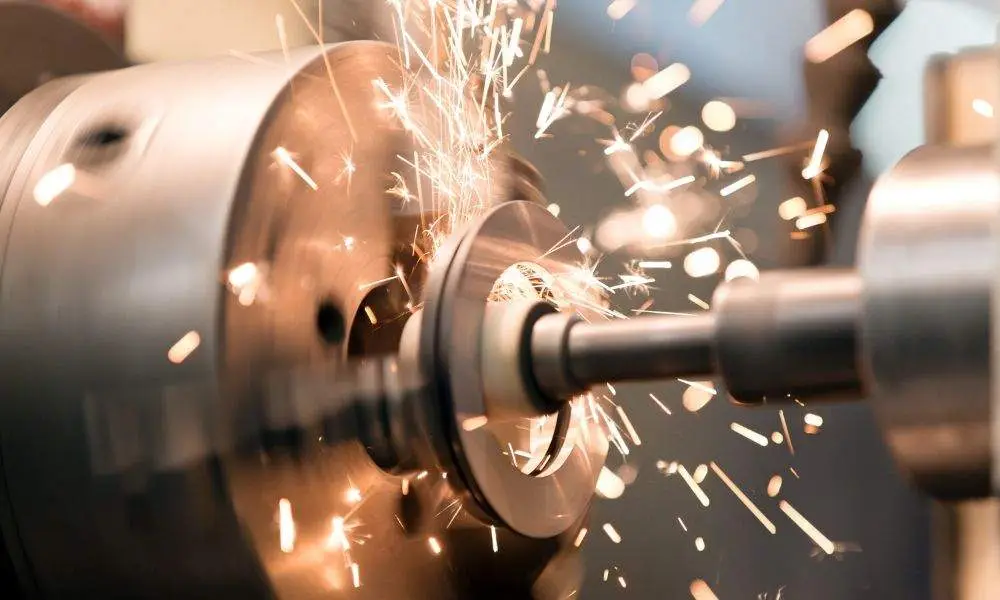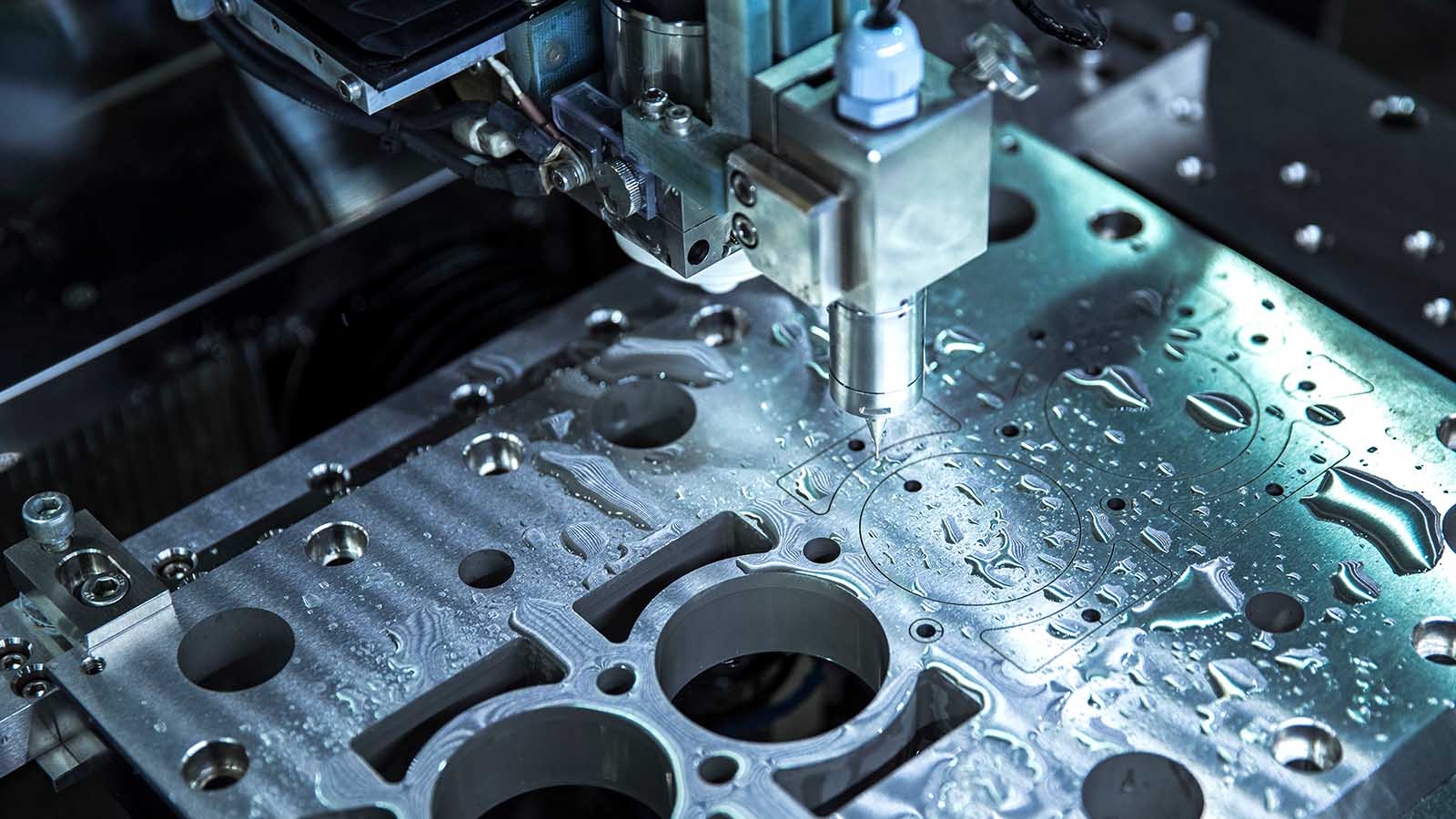Advanced Fasteners and Machining Techniques for Personalized Manufacturing
Advanced Fasteners and Machining Techniques for Personalized Manufacturing
Blog Article
Browsing the World of Fasteners and Machining: Strategies for Precision and Speed
In the intricate realm of fasteners and machining, the pursuit for precision and speed is a continuous challenge that demands careful focus to detail and tactical preparation. From recognizing the diverse variety of fastener types to selecting optimum products that can withstand extensive needs, each step in the process plays a critical function in achieving the wanted outcome. Accuracy machining strategies better boost the complexity of this craft, calling for a fragile balance in between technological competence and cutting-edge strategies. As we explore the techniques that can enhance both speed and performance in this domain name, the interplay between quality assurance steps and operational quality emerges as a crucial centerpiece.
Understanding Fastener Types
When selecting bolts for a task, comprehending the various kinds offered is essential for making sure optimum performance and dependability. Fasteners come in a wide variety of types, each made for certain applications and demands. Screws are made use of with nuts to hold materials with each other, while screws are flexible bolts that can be utilized with or without a nut, depending upon the application. Nuts, on the other hand, are internally threaded fasteners that companion with screws or screws, supplying a safe hold. Washers are vital for distributing the lots of the bolt and avoiding damage to the material being fastened. Additionally, rivets are long-term fasteners that are optimal for applications where disassembly is not needed. Comprehending the differences in between these bolt kinds is crucial for selecting the right one for the task, ensuring that the link is strong, durable, and dependable. By picking the proper bolt kind, you can optimize the efficiency and long life of your task - Fasteners and Machining.
Picking the Right Materials
Recognizing the relevance of selecting the best materials is critical in ensuring the ideal performance and integrity of the chosen fastener types discussed formerly. When it involves bolts and machining applications, the material selection plays a crucial function in determining the overall stamina, resilience, corrosion resistance, and compatibility with the designated environment. Different products supply varying buildings that can significantly affect the performance of the bolts.
Typical products utilized for fasteners include steel, stainless steel, brass, titanium, and aluminum, each having its unique toughness and weaknesses. Steel is renowned for its high strength and sturdiness, making it suitable for a broad range of applications. Picking the ideal product involves thinking about variables such as stamina demands, ecological conditions, and spending plan restraints to ensure the preferred efficiency and longevity of the fasteners.
Accuracy Machining Techniques

Along with CNC visit this web-site machining, other accuracy strategies like grinding, turning, milling, and exploration play vital roles in fastener production. Grinding assists achieve great surface area coatings and tight dimensional tolerances, while turning is often used to produce round parts with precise sizes. Milling and drilling operations are crucial for shaping and creating openings in bolts, guaranteeing they fulfill exact requirements and feature correctly.
Enhancing Rate and Effectiveness
To optimize fastener manufacturing procedures, it is look at this now crucial to improve procedures and carry out reliable techniques that enhance accuracy machining techniques. One vital strategy for enhancing rate and efficiency is the application of lean manufacturing principles. By reducing waste and concentrating on continuous enhancement, lean methods assist maximize and get rid of bottlenecks operations. Furthermore, buying automation innovations can substantially enhance production speed. Automated systems can deal with recurring tasks with precision and speed, allowing workers to concentrate on more facility and value-added activities. Embracing Just-In-Time (JIT) supply administration can likewise improve efficiency by making certain that the best materials are offered at the appropriate time, lessening excess supply and lowering lead times. Fostering a culture of partnership and interaction amongst team members can boost total effectiveness by advertising transparency, problem-solving, and technology. By integrating these strategies, producers can achieve a balance in between speed and precision, inevitably enhancing their affordable side in the bolt industry.
Quality Assurance Steps
Executing rigorous quality assurance measures is critical in making sure the integrity and consistency of fastener items in the production procedure. Quality assurance measures incorporate various stages, beginning from the option of raw products to the final examination of the ended up bolts. One fundamental facet of quality assurance is conducting detailed product assessments to verify conformity with specifications. This entails analyzing factors such as material make-up, stamina, and longevity to assure that the fasteners fulfill market standards. Additionally, checking the machining refines is important to support dimensional accuracy and surface area coating quality. Making use of sophisticated technology, such as automated evaluation systems and accuracy measuring devices, can boost the precision and effectiveness of high quality control procedures.
Routine calibration of equipment and equipment is essential to keep uniformity in manufacturing and make sure that fasteners meet the required resistances. Implementing rigorous protocols for recognizing and resolving problems or check non-conformities is essential in protecting against substandard products from entering the market. By establishing a detailed quality assurance framework, suppliers can promote the credibility of their brand name and supply fasteners that meet the highest criteria of efficiency and durability.
Verdict

In the detailed realm of bolts and machining, the quest for precision and rate is a continuous obstacle that requires careful focus to detail and critical planning. When it comes to fasteners and machining applications, the product choice plays a crucial function in figuring out the general stamina, sturdiness, rust resistance, and compatibility with the intended setting. Accuracy machining includes numerous innovative techniques that guarantee the tight tolerances and requirements required for bolts.In addition to CNC machining, various other accuracy techniques like grinding, transforming, milling, and boring play essential roles in fastener production.To enhance bolt production processes, it is important to simplify operations and implement reliable strategies that complement accuracy machining strategies.
Report this page